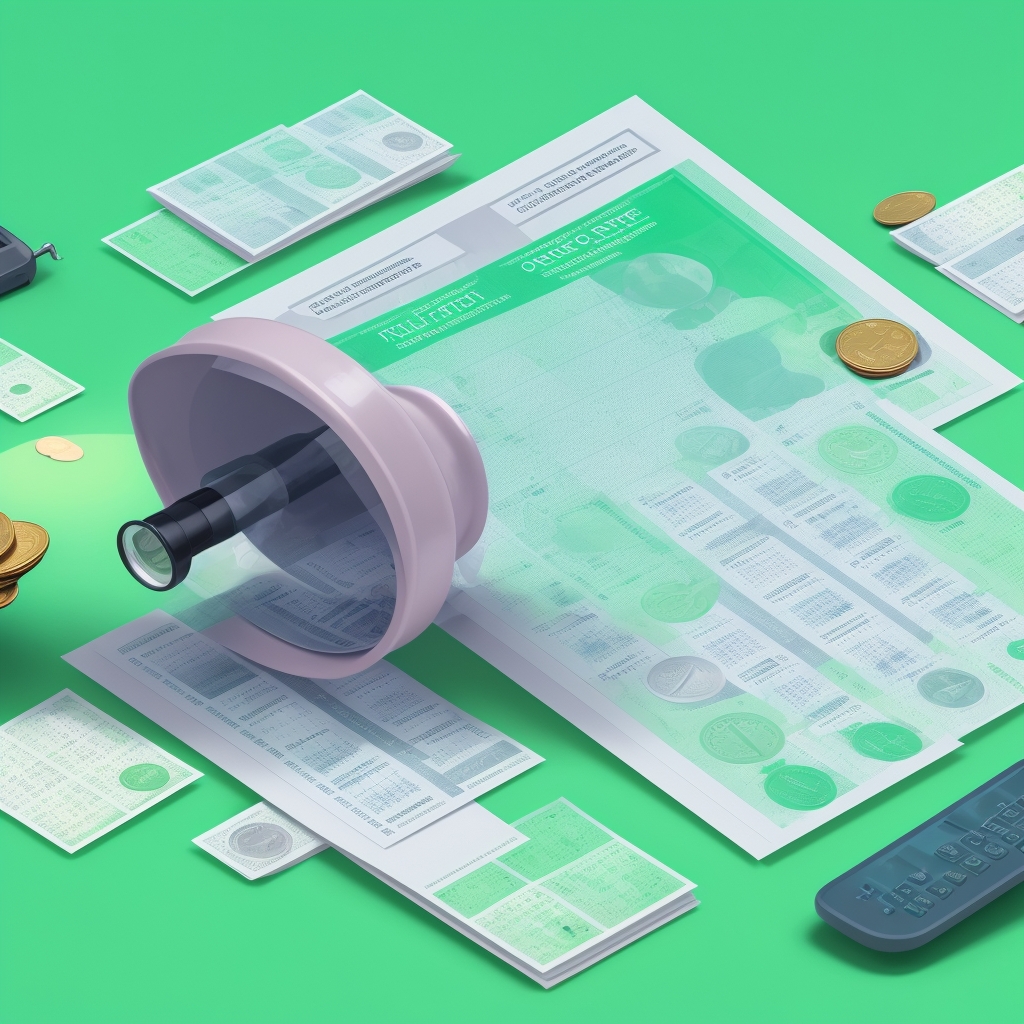Why You Should Review and Adjust Your Emergency Fund More Often Than You Think
Last month, I watched another Account Management team make the same mistake I made five years ago with how often they should review and adjust their emergency fund. It’s frustrating because it’s so avoidable—if you know what to look for. What’s interesting is that this isn’t just a corporate oversight; it’s a personal finance pitfall many of us tumble into. Ever wondered why your emergency fund feels like it’s stuck in a time warp? Let’s brew some coffee and chat about it.
The Real Problem: Your “Set It and Forget It” Fund is Losing Value
Most people think, “I’ve set up my emergency fund, so I’m good to go, right?” Well, not exactly. The real issue is that many of us treat our emergency fund like a set-it-and-forget-it deal, a static number that magically remains sufficient. But here’s the thing though: life isn’t static, and neither should be your financial safety net. What I find fascinating is that we often overlook how dynamic our needs and expenses can be. Just because you socked away three months’ worth of expenses two years ago doesn’t mean it’s still enough today. Do you still spend the same amount on groceries or utilities as you did two years ago? Probably not. In fact, with the U.S. annual inflation rate at 2.4% as of May 2025, and core inflation at 2.8%, your money’s purchasing power is steadily eroding. This means the same $10,000 emergency fund covers fewer months of living expenses than it previously did, a truly frustrating reality for many.
Solutions: Make Your Emergency Fund Work For You
So, how do you keep your emergency fund as nimble as your lifestyle? It’s not about overhauling your entire financial life, but about making smart, consistent adjustments. Here are some strategies I personally advocate for:
- Regular Financial Check-Ups: Much like an annual health check-up, your finances deserve a periodic look-see. I recommend setting a calendar reminder to review your emergency fund every six months. This isn’t just about the balance; it’s about checking if that amount still actually covers your current expenses. You’ll surprisingly notice that a little tweak here and there can make a big difference, ensuring your safety net is truly robust.
- Life Changes? Adjust Accordingly: Got a raise? Welcomed a new family member? Or, heaven forbid, lost your job? These are prime times to revisit how much you’ve squirreled away. In my experience, any major life change—from a new mortgage to a significant career shift—should trigger an immediate reassessment of your emergency fund. This proactive approach can save you a lot of future headaches.
- Expense Tracking: Get Granular: Get into the habit of tracking your monthly expenses. There are fantastic apps for this like Mint or YNAB, or you could go old-school with a detailed spreadsheet. The idea is to know exactly what three to six months’ worth of expenses looks like now, not what it looked like last year. This real-time data is your secret weapon.
- Consider Inflation: The Silent Eroder: By the way, have you thought about how inflation erodes your purchasing power? This is a critical, yet often overlooked, factor. The fact is, inflation can significantly impact how prepared you are for an emergency. You should absolutely adjust your emergency fund to account for this sneaky factor. A little extra padding can ensure that your fund maintains its actual value over time, rather than slowly diminishing.
- Emergency Fund Accessibility: Smart Parking: Keep it accessible but not too accessible. A high-yield savings account can be a great place to park your fund. As of July 2025, some high-yield savings accounts offer rates of 4% APY or more, significantly outperforming traditional savings accounts and helping to combat inflation. It’s easy enough to get to in a pinch, but not so easy that you’re tempted to dip into it for non-emergencies. Think of it as your financial bunker: secure, but quickly reachable.
What I’d Do Next: A Call to Action
If I were setting up my emergency fund today, or even if I was reviewing an existing one, I’d start by reassessing my current expenses and future financial goals with a fine-tooth comb. I’d ask myself: “Is my safety net robust enough to handle a sudden storm, like a job loss when nearly 70% of Americans worry they couldn’t cover living expenses if they lost their primary source of income?” If not, I’d take immediate, decisive steps to bolster it. It’s crucial to remain proactive rather than reactive. We all want to succeed financially, and having a well-maintained, inflation-adjusted emergency fund is a solid, non-negotiable step in the right direction. It’s about peace of mind, isn’t it?
Do you feel like your emergency fund needs a little TLC? Go ahead, grab another cup of coffee, and dive into those numbers. You’ll thank yourself later, I promise.
Relevant Tags:
- Emergency Fund
- Financial Planning
- Account Management
- Personal Finance
- Financial Health







